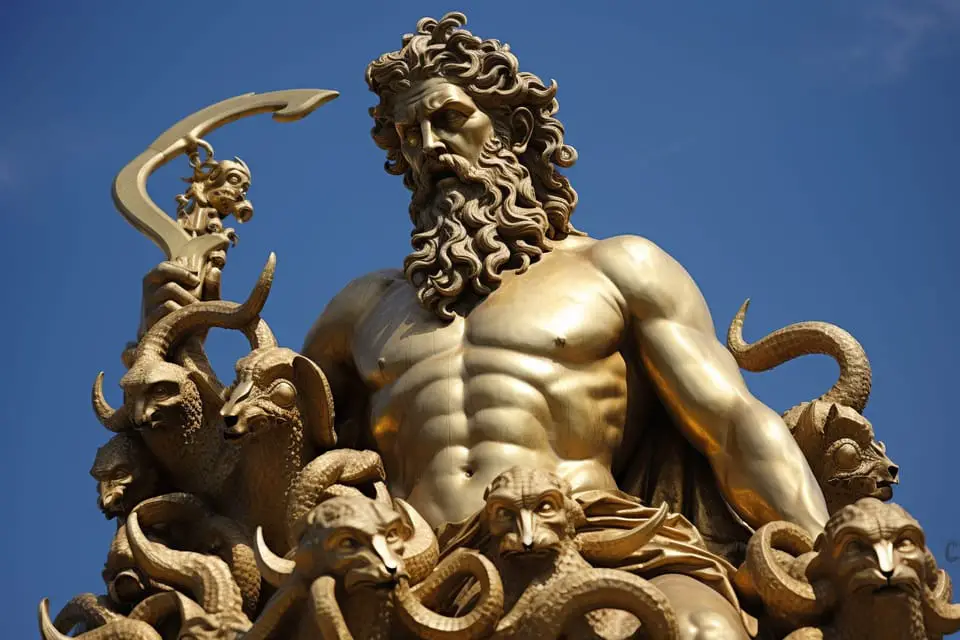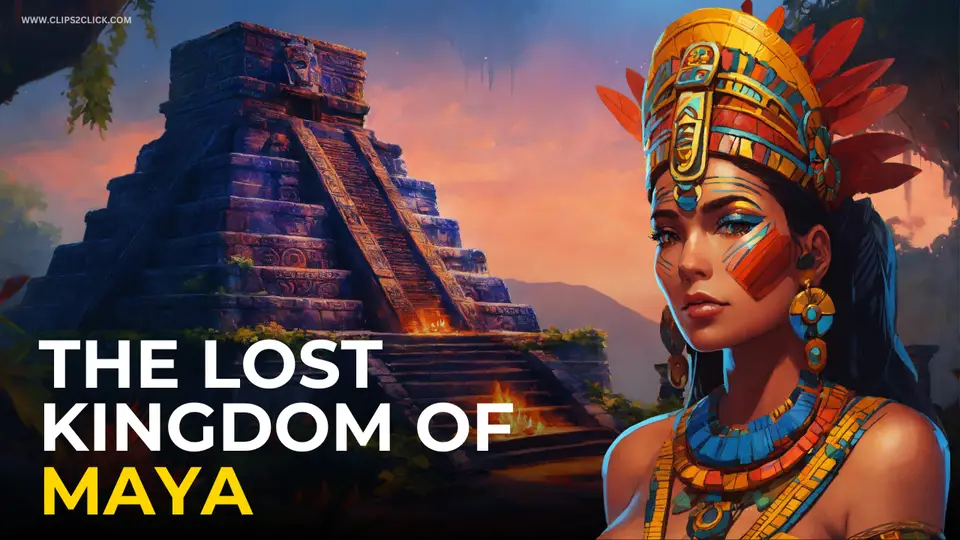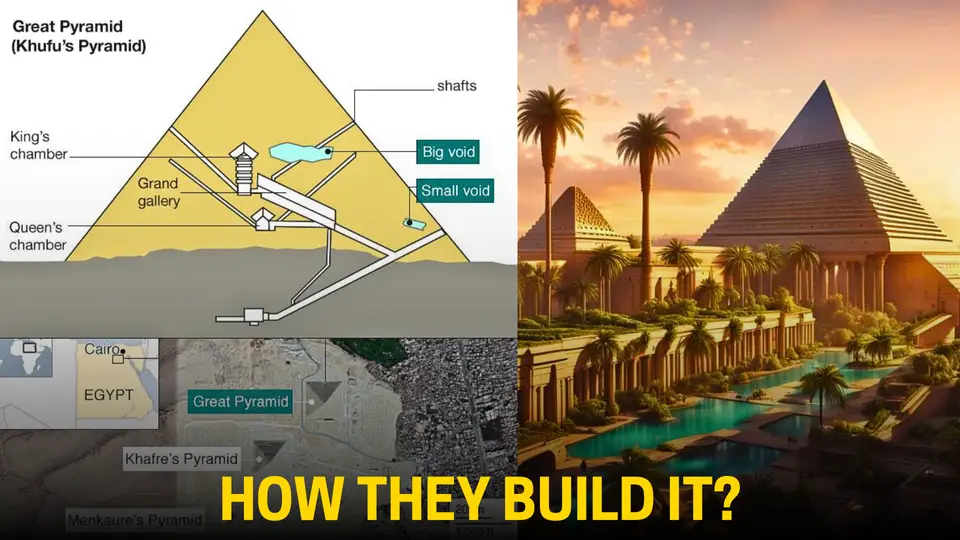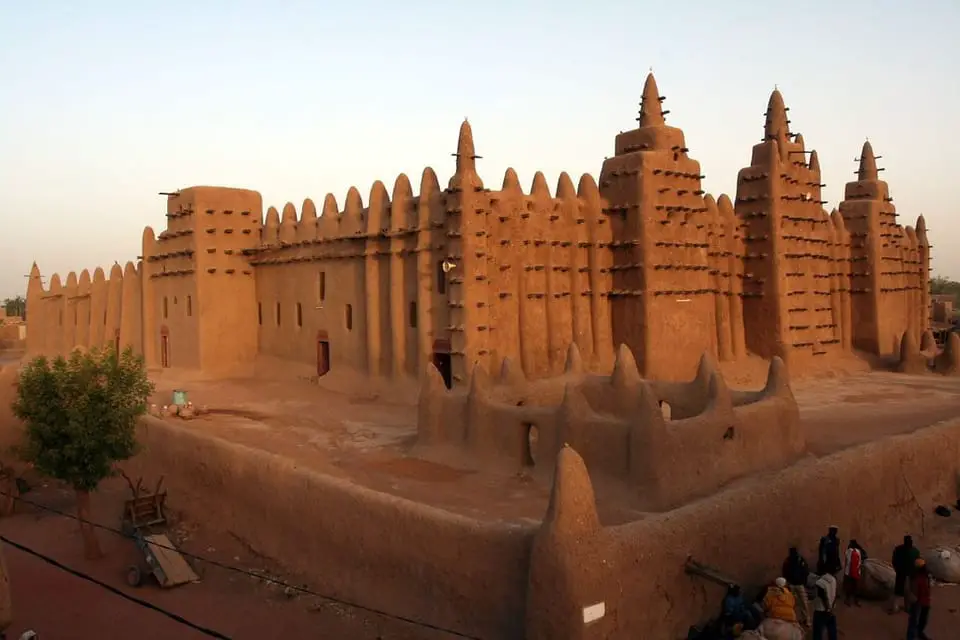Unraveling the Mystery of Ancient Egypt's Jar Burials
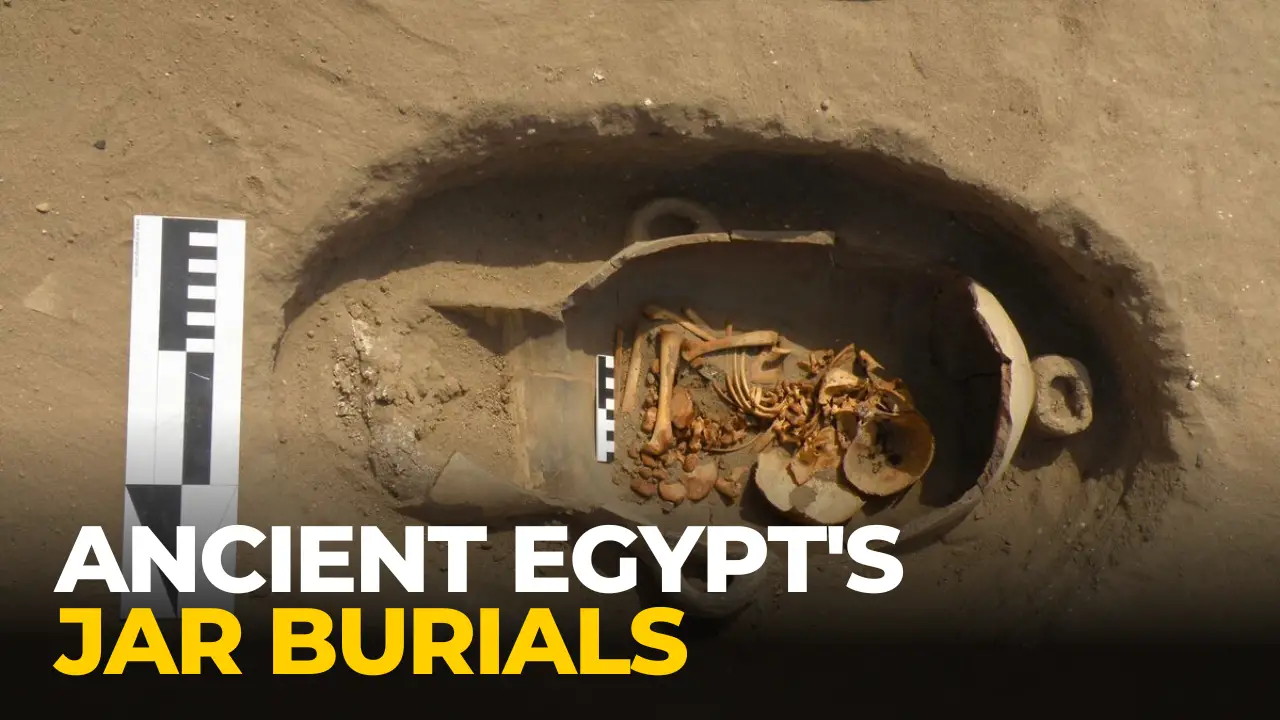
Did you know that archaeologists have uncovered hundreds of ancient Egyptian burials where the deceased were interred inside ceramic jars or amphorae?
This unique burial tradition, known as pot or jar burials, has puzzled experts for decades. However, recent research sheds light on the profound symbolism these vessel graves held for the ancient Egyptians’ beliefs about rebirth and the afterlife.
The Curious Case of Jar Burials
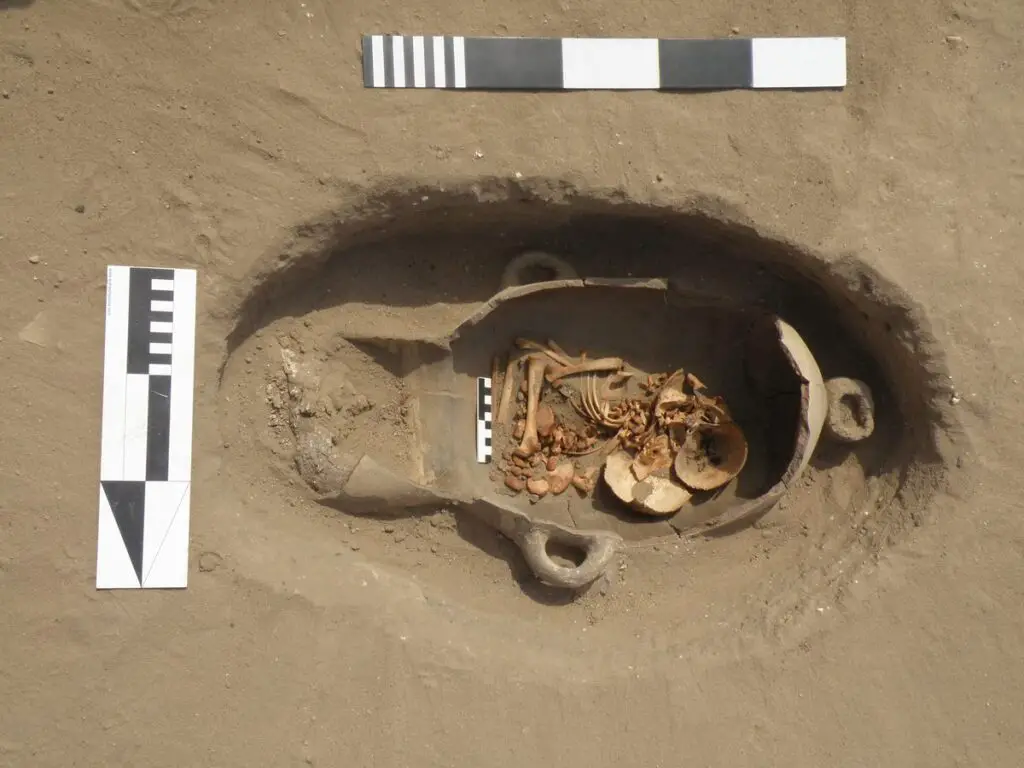
The earliest documented discovery of an Egyptian jar burial dates back to the early 20th century. British archaeologist William Matthew Flinders Petrie stumbled upon the interment of an infant tucked inside a ceramic amphora built into the walls of the ancient fortress of Tell el-Retaba.
At first, Petrie dismissed it as evidence of human sacrifice and non-Egyptian occupation – views shaped by the Victorian perspectives of his era.
Little did Petrie know that this was just the beginning. As excavations continued at Tell el-Retaba and other sites across Egypt, archaeologists uncovered a startling number of pot burials containing the remains of both children and adults.
These burials spanned a vast timeline, from the prehistoric Predynastic Period around 6,000 years ago to the end of ancient Egyptian civilization around 30 BC.
The Womb-like Connection: A Vessel for Rebirth
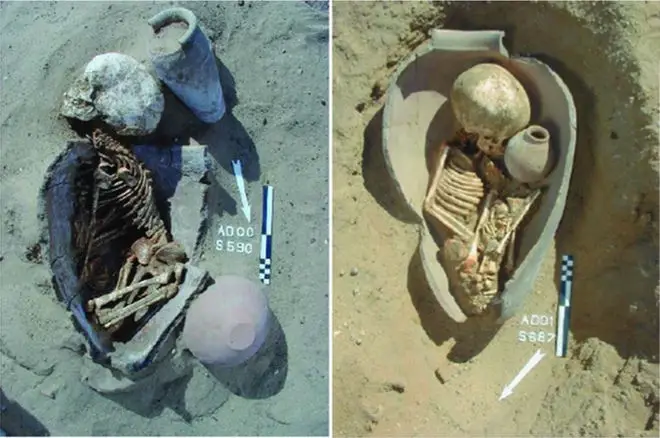
For a long time, scholars interpreted jar burials as a simple economic matter – the practice of the lower classes who couldn’t afford wooden coffins and had to reuse old storage vessels. However, this theory doesn’t hold up under scrutiny, as even elite members of society embraced this tradition at times.
The true significance lies in the ancient Egyptians’ deep symbolic connection between clay and the concept of regeneration and new life.
In their mythology, deities like Khnum, the divine potter, were believed to shape human beings out of fertile Nile clay on a potter’s wheel, breathing life into them.

Furthermore, the ovoid, egg-like shape of many burial jars evoked potent imagery of birth and rebirth. The goddess Taweret, associated with childbirth and fertility, was even depicted as a hippopotamus – an animal intimately tied to the life-giving black mud of the Nile that rejuvenated Egypt’s soil each year.
A Passage to the Afterlife’s “Fields of Reeds”
By being surrounded by the same material they were fashioned from in the womb, these jar burials may have aimed to aid the deceased’s spiritual rebirth journey into the paradisiacal “Fields of Reeds” – the Egyptian conception of the afterlife.

This belief extended beyond reused storage jars too. During the reign of Ramesses II around 1200 BC, a new style of purpose-made clay “slipper coffins” emerged, which archaeologists initially dismissed as being for the poor due to their rudimentary appearance.
Yet, the resources and skill required to fire an entire human-sized clay coffin were immense, especially in timber-scarce ancient Egypt.
So the next time you see an ancient Egyptian jar or ceramic artifact in a museum exhibit, remember the profound resonance it may have carried for those seeking to transcend death through rebirth—a potent vessel guiding souls to the afterlife’s lush promised lands.

